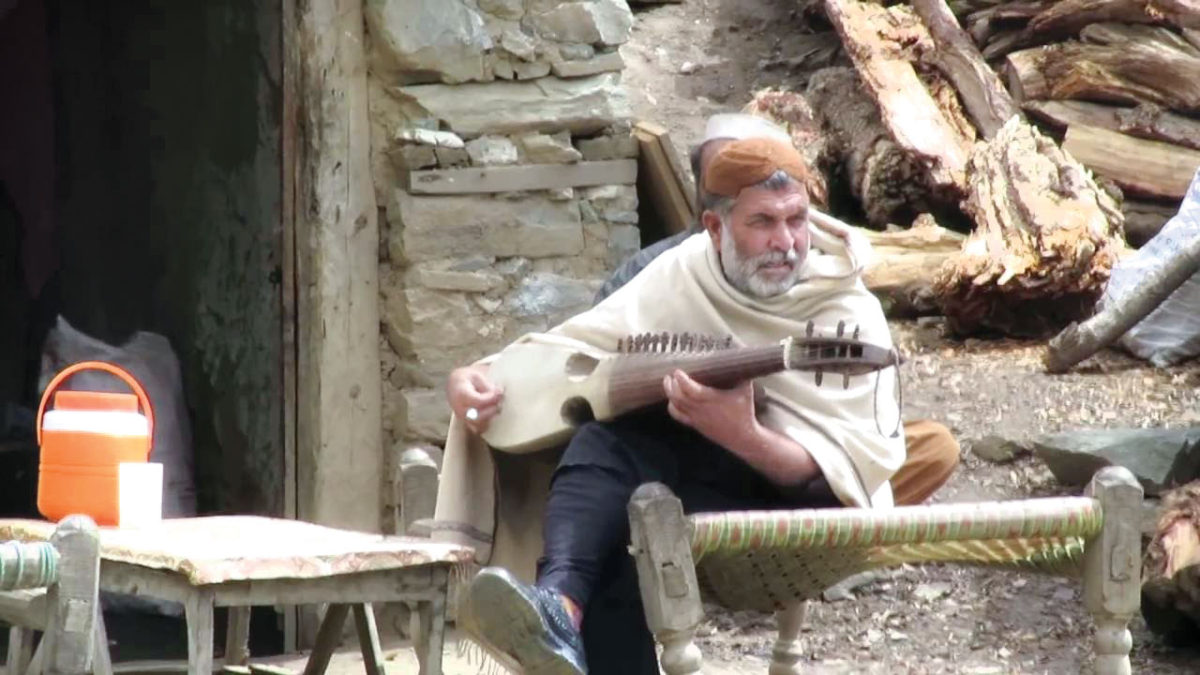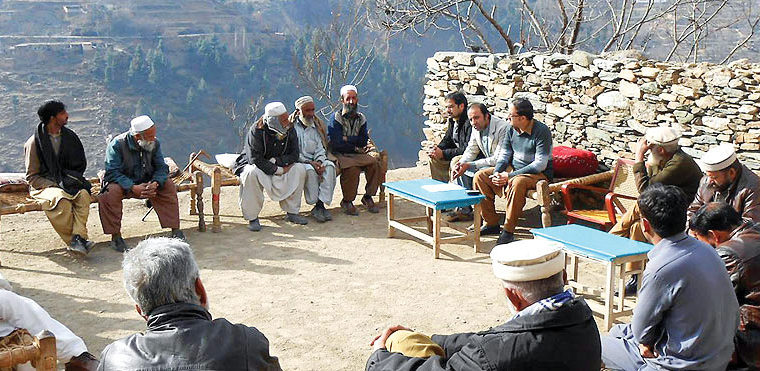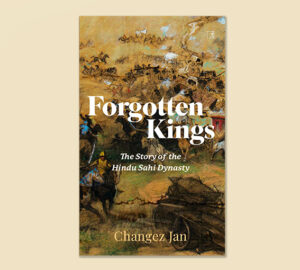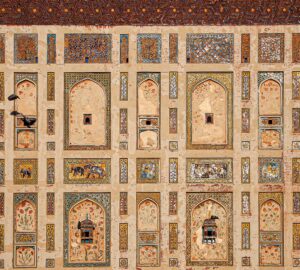As the sun settles on the Pak-Afghan border in Mohmand Agency and tribesmen from the Khugalkhel tribe gather under the starry night in a compound that’s nothing more than a façade of brick walls, a slight humming of the rabab relaxes the intensity that surrounds a region ravaged by war. It’s been a difficult decade and while the families of most of the men in the compound live in Peshawar, tribal tradition demands their presence in their native areas to settle disputes and quench their yearning for entertainment in the rugged terrain that has little to offer of what the modern world holds.
 As the dark edges of the night singe the twilight, the Hujra comes to life, the music of the rabab with chatter over endless cups of kehwa is routine. This gathering is not only an institution that resolves problems but is considered to be a vital part of the Pakhtun tradition to uphold what it stands for.
As the dark edges of the night singe the twilight, the Hujra comes to life, the music of the rabab with chatter over endless cups of kehwa is routine. This gathering is not only an institution that resolves problems but is considered to be a vital part of the Pakhtun tradition to uphold what it stands for.
Any mention of the Pakhtun tradition in today’s time would be incomplete without an explicit reference to conflict and migration. But at the heart of it lies a core value system based on hospitality and justice that is now trying to sustain itself in the new world. The Hujra, as an institution to uphold those values, is also evolving.
The origin of the Hujra, as an idiosyncratic space of Pakhtuns, is as old as recorded history. Together with the kor (household) and jumaat (mosque) it forms the basis of a tradition, as Professor Raj Wali Shah Khattak, an authority on the subject, has pointed out in his book “The Pakhtun Culture.”
As the Pashto tappa goes – Hujra Da Qaam o Kalee Sara – “the Hujra only has value with a tribe and its village.” This folk song captures the essence of the institution. The Hujra serves as a community center for men only. Rokhan Yousafzai, a contemporary historian of Pakhtun culture says that the Hujra was originally a shared space of a tribe or village. “It was considered to be the first school of every Pakhtun child,” says Yousafzai, explaining nostalgically, “it was a gathering where a generation of boys became men.”
Yousafzai argues that the ever-expansive city and the knowledge outburst in the form of radio, television and now social networking has altered the way the Hujra is viewed. “It’s impossible to maintain and afford a shared space in the city,” he says, adding that while the younger generation was interested in learning from the elders in the Hujra, it’s the other way round now. “The Hujra will have to evolve or it will die out,” he says, suggesting the ultimate prognosis of the institution.
Massive urban migration and displacement in the Pakhtun lands has resulted in several social anomalies. The traditional Hujra usually had courtyards and pathways leading to large rooms, mostly for the guests who stayed back for the night. The design of the Hujra was such that it reflected the Pakhtun value system of equality within a tribe; there were no hierarchal spaces, although respect for elders was considered to be of utmost importance. The furnishing would be a number of charpoys known as the kat. The rabab and chelam were essential commodities and this structure was looked after by the people of the locality.
Any transgression against this delicate fabric often resulted in bloody feuds and conflicts. The violation into the personal space of anyone in the Hujra is considered to be the worst form of violation amongst the Pakhtuns. Even the worst of rivals when seated in a Hujra have to maintain adherence to the Pakhtun code called the Pakhtunwali which is an amalgam of three main ideals.
Mimastya, Hospitality – All tribespeople are obliged to display their hospitality towards others, whether they are strangers or members of one’s own tribe, and guarantee their security. There are no markers of distinction between guests based on caste, race or religion. Hospitality to travellers and strangers is an obligation. Anyone that cannot be hospitable to his guests is not considered to be a Pakhtun, such is the significance of this convention. The security and protection of visitors is so important that it takes precedence over all other claims including that of justice or retaliation.
Nanawati, Pardon – The concept of forgiveness and submission plays an integral role in the Pakhtun way of life. Pukhtunwali demands that it is a duty to grant asylum and provide an abode to a person, even an enemy, who comes to seek protection in peace. This also applies to people who are escaping their enemies. Any harm to a person who has sought Nanawati is considered to be an act of war against the tribe that has given him protection.
Badal, Justice – The term literally translates to ‘exchange’ or ‘retaliation’ and implies seeking justice or taking revenge against the wrong done. Justice can be sought in many ways, ranging from redressing through shedding of blood to less drastic measures.
The institution of the Hujra guarantees that the code of Pakhtunwali remains intact by placing the Jirga headed by the council of elders into that space and resolving disputes through mutual discussion as opposed to individual action. When a decision is made, every single individual is bound to follow the decision.
Noreen Naseer, a professor of Political Economy who has been researching the economic impact of migration and terrorism, believes that the Hujra has been reduced to a baithak in cities. This is an individual’s home space with no rules of Pakhtunwali guarding it, as was the practice. “The Hujra is an expensive space, a luxury for the elite in the cities,” she says. “For a large majority of Pakhtuns, capital management and shaping their economic conditions is now more important than living with an institution of the past they deem as more of a socio- economic liability with no apparent returns.”
However, the cultural adaptability of this once-mighty institution has been rapid. In the face of sociological changes, the Hujra has now evolved into a closed Facebook group. Several localities in even some of the most remote areas of the Federally Administered Tribal Areas (FATA) have now created closed groups with only their own village-folk to keep their Hujra intact. “Since it’s not safe to go out of one’s home and maintain a Hujra the way it used to be, we decided to move beyond the physical realm to a digital one such as Facebook,” Malak Hasim Khan from Bajaur Agency says. “Many of our people in the village have smartphones with internet access and can connect to Facebook, even though there are no official cellular network providers in our areas,” he says. “We have to maintain some sort of tradition, even if it means uploading green tea [virtually],” he concludes with a smile.
In the city, the Hujra is now a Whatsapp group with a large number participants from all walks of life and individual backgrounds. “Nobody has the time to meet up daily and discuss their issues,” says Imran Bukhari, the admin of one such group. “Some of the members of the Whatsapp group are even living in a different country, so it just keeps us all connected and updated when someone shares information or requires help.”
Bukhari’s group is not about a tribe or community, it is a network of varied individuals ranging from journalists to police officers, politicians to antique dealers, he’s got them all. “The concept behind the group was the realization that if no one can come to the Hujra anymore it’s better to take the Hujra to them; and what better way to do it than using the cell phone,” he says, quoting the famous Pashto poet Hamza Baba,
“Jaam De Naway Wee Taaza Sharab Pakar Dee – Renew the Cup, Let the Wine Be Refreshed.”





